Best Cars for First Time Drivers 2019

Best Cars for First Time Drivers 2019
Choosing your first car is such an exciting time. Not only because you’re buying your first set of wheels, but often, because it’s the first time you’ve had such new found freedom. To help you make a sound decision when choosing your first car, we’ve put together this handy guide to the best cars for first time drivers.
How to choose the best first car for a new driver
Ask yourself some of these questions. What are you going to use the car for? Is it for city driving where a small fuel efficient engine will be needed, or for longer road trips on the highway where a slightly larger engine is better suited? Are you a young driver restricted to vehicles that aren’t turbocharged, supercharged or V8s? Does size matter? Are you looking for a small and nimble hatch, or a 7 seat people mover? Is off-road driving important to you, or are you going to be using the car to drop the kids at school most of the time?
As your first car, the most important consideration should be safety. You’re still learning the ropes. So once you’ve narrowed the list down to a certain class of vehicles, your next step should be to look at the safety aspect of each vehicle. Things like the ANCAP safety rating - a 5 star rating that uses data from crash tests conducted in a lab to determine which cars are the safest - and safety features like stability control, assisted braking, lane departure systems, airbags and so on.
Buying your first car checklist
1. What are the standard features?
2. What are the on-road costs?
3. How fuel efficient is it?
4. How much warranty is included and what does it cover?
5. Will you get capped price servicing?
6. What is the vehicle history - how many owners did it have and what was the car used for?
7. Does the car come with full service receipts?
8. How many kilometers has it done?
9. Has it ever been in a crash?
10. Is there any debt on the car?
11. Can you have the car inspected by your mechanic?
12. Can you take it for a test drive?
13. Are there any obvious signs of damage?
14. What is its safety rating?
15. What safety features are included?
16. Is it turbocharged, supercharged or a v8?
With P-plate restrictions, smaller budgets and important safety features in mind, your first car may be more of a practical purchase decision rather than a life-long love connection. For this reason, it’s worth looking for a car that retains more of its value, so you don’t lose too much of your hard-earned savings when it comes time to sell and upgrade a few years down the track.
According to Canstar, some makes and models hold their value better there others. Many retain up to 75 per cent of their original value after three years. So to help you decide, we’ve put together our pick of the best pre-loved cars for new drivers based on affordability, safety features and how well they hold their value.
2014 - 2017 Toyota Corolla
27 – 36% depreciation after 3 years
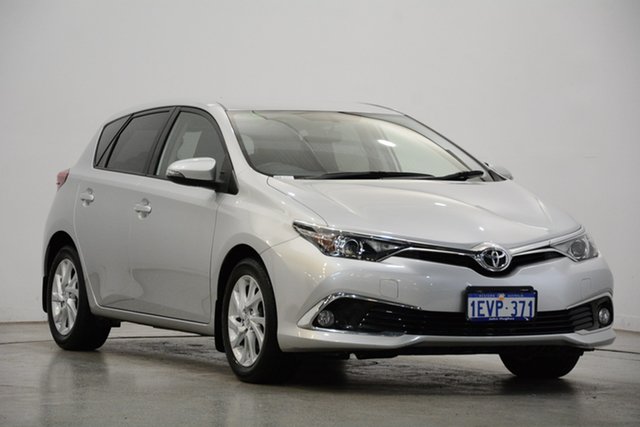
Why John Hughes Recommends the Toyota Corolla
The Corolla has deservedly earned the title of best selling small car in Australia, and third most popular car behind the Toyota HiLux and Ford Ranger. It’s the combination of Toyota’s legendary reliability, comfort and safety features that help it retain its value, and make it one of our top picks for first time drivers.
View our used Toyota Corolla stock under $15k
27 – 36% depreciation after 3 years
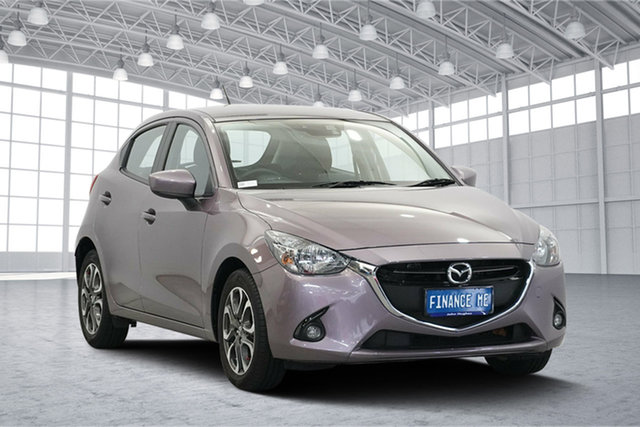
Why John Hughes Recommends the Mazda 2
Sporting an economical 1.5L petrol engine, low fuel consumption figures of 5.5L/100km and impressive market value, the Mazda 2 is one of the cheapest cars on the market for budget-conscious drivers to own and run.
View our used Mazda 2 stock under $15k
31 – 39% depreciation after 3 years

Why John Hughes Recommends the Mazda 3
With features like alloy wheels, sat nav, 6 speaker audio and bluetooth; it’s any wonder the Mazda 3 is a popular option for first time drivers. Fast gaining a reputation for reliability and safety, the Mazda 3 is hard to look past.
View our used Mazda 3 stock under $15k
31 -39% depreciation after 3 years
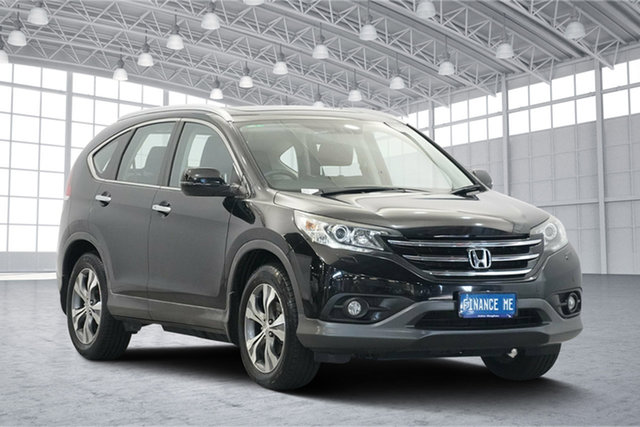
Why John Hughes Recommends the Honda CR-V
Easy handling with maximum comfort; The value-packed Honda CR-V boasts great fuel consumption, space and comfort and is the stand out for affordability if you’re on the hunt for something with a little more room.
View our used Used Honda stock under $15k
33 – 41% depreciation after 3 years
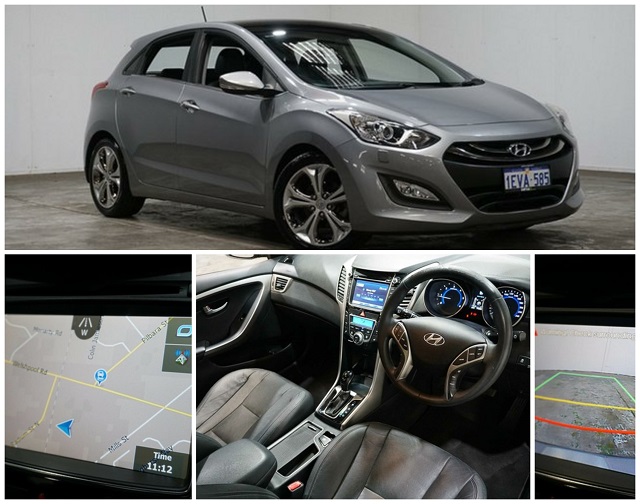
Why John Hughes Recommends the Hyundai i30
With an outstanding 5-star ANCAP safety rating, economical 5.6l/100km 1.6L engine and quality fit and finish; it’s easy to see why the Hyundai’s i30 is receiving glowing reviews from safety conscious drivers.
View our used Hyundai i30 stock under $15k
34 – 44% depreciation after 3 years

Why John Hughes Recommends the Honda Jazz
With an outstanding 5 star ANCAP safety rating, dual frontal, side chest and side head airbags, EBD, ESC, reversing collision avoidance and emergency stop signal, the 5 door Honda Jazz is perfect if you’re in the market for a compact yet roomy and safe first car.
View our used Honda Jazz stock under $15k
38 - 47% depreciation after 3 years
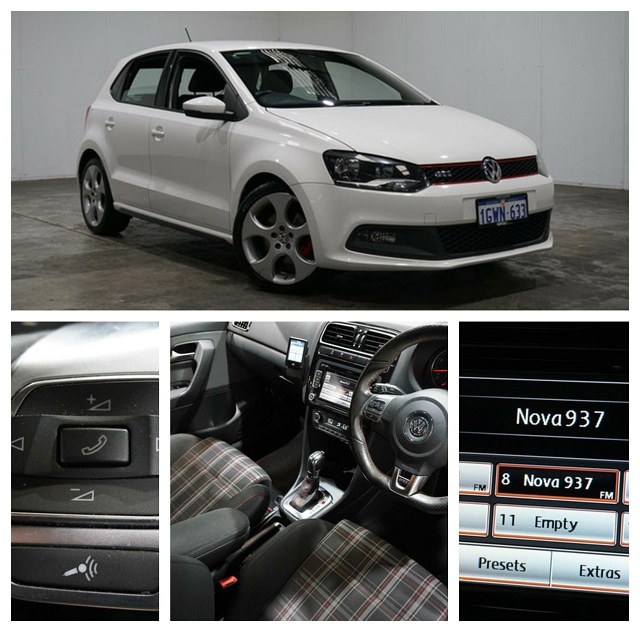
Why John Hughes Recommends the VW Polo
A real driver’s car. The German made VW Polo is kitted out with sports seats, sports suspension, sports steering wheel, sports pedals, gear shift paddles, 17in alloys, bluetooth connectivity and rain sensing wipers for the ultimate driver’s experience.
View our used VW Polo stock under $15k
What to check during your inspection and test drive
This is where buying from a credible dealer can save you a lot of stress, particularly if you’re not very car savvy. Dealers have factory trained technicians and certified manufacturer tools to be able to check a car over properly and ensure it’s in top condition before it goes up for sale. They have a reputation to uphold and can’t risk selling substandard cars on their lot. Private sellers, on the other hand, you’ll need to take on face value.
Always check under the bonnet, even if you don’t know what you’re looking at specifically. Look for a clean engine bay free from oil or coolant leaks or obviously broken plastics and rubbers. Listen for any odd sounding knocks and ticks, and watch for smoke blowing out of the exhaust. Check the tyres have plenty of tread and are wearing evening, all the lights work and there is no obvious paint and panel damage. Stand back and look for blemishes in the paint, and check that the gaps in the door panels are even the whole way along. If something amiss, it could be a sign of previous panel damage and may need to be inspected by a professional.
The interior of the car is a telltale sign of how the vehicle has been treated overall. It should be clean, free from tears and stains, and comfortable to sit in without and sagged seats. Make sure the air conditioning,lights, radio, seat belts, adjusters and dials work.
Take it for a test drive to get a feel for the steering, suspension, brakes, engine and gearbox. The steering should be smooth and light. Suspension should be quiet and smooth even on bumpy roads. The brakes should be smooth and squeal free. And the engine and transmission should accelerate through the gears smoothly, without any shudders, knocks or hesitation.
How to decide between buying new vs used?
Once you’ve got a shortlist of vehicles you like, you’ll need to decide if you’re shopping for a new car or used car.
Do you enjoy the comfort, safety and reliability of a new car knowing it’ll cost more and depreciate more short term? Or do you opt for a more affordable pre-loved car, that costs less up front, is still reliable, safe and comfortable, but may need a little more service work over the next few years?
The best place to start is to assess your budget, as this will usually help determine what price range you can afford. Consider both the up-front purchase costs, and the on-going running costs (more on this below).
Next, factor in safety. Manufacturers are constantly improving safety technology. What are the safety differences between a new or pre-loved car for the type of car you’re looking at? Is there a significant difference? Often there will be significant safety differences when comparing a new car to a 10 year-old vehicle, but there may not be much of a difference when comparing a new car to a 3 or 4 year-old vehicle.
What are the average running costs of a car?
The up-front purchase price isn’t the only cost you should look at. Consider the on-road costs you’ll need to pay, like stamp duty and insurance, as well as the on-going running costs, like fuel usage, servicing and parts, which can vary greatly from vehicle to vehicle.
According to the RAC, the cost of running a car in WA has slightly increased in 2019, largely due to higher fuel prices. The RAC’s 2019 Car Running Costs guide assessed 140 popular new cars across 14 different vehicle categories. Click the vehicle category below for more information on the vehicle you’re looking at.
Can I finance my first car?
Yes, you can finance your first car if you’re 18 years or older. Financing a car is a big step. Interest rates vary from 4.8% per annum up to 8% per annum for first car loans, depending on the lender, vehicle and your credit rating, so it’s important to understand your options before signing on the dotted line.
With a regular car loan, the car itself is acting as the security for the loan, so you’ll usually be offered an attractive interest rate.
A secured loan is a little different in that you can use other assets you own, such as a boat, bike or house, to guarantee the loan.
An unsecured personal loan is another option. These are generally organised through your bank and means you’re taking out a loan without tying it to any asset as a guarantee. For that reason, interest rates for unsecured personal loans are generally higher.
A novated lease is another option which essentially allows you to make your lease repayments from your pre-tax salary with approval from your employer. Generally you can also bundle your vehicle’s on-going expenses, like servicing and repairs, into one simple payment. Novated leasing is a form of salary sacrificing, which can help to reduce your taxable income. Seek advice from your accountant when deciding what option is best for you.
What are the cheapest cars to insure?
Insurance premiums vary greatly depending on a number of factors. These include things like the value of the car, its age, safety rating, features and anti-theft systems, as well as your own personal age, accident history, location and driving record. Generally, cheaper, safer vehicles with quality anti-theft systems are the cheapest to insure. Your best bet when considering insurance costs as part of your first car purchase decision is create a short-list of vehicles you like, then seek an insurance quote to see which car is cheaper to insure.
Insurance tips for young drivers
1. Get estimates from at least three different insurers and see if they’ll price match.
2. Look for insurers that specialise in policies for young drivers.
3. Choose a safe, economical car with quality anti-theft equipment.
4. Install anti-theft deterrents if they don’t come as standard, such as an immobiliser and alarm.
5. Attend a driver training course. Many insurers offer discounts if you complete their safe driver programs.
6. Report any modifications you make to your vehicle to avoid complications in the event of an accident.
As you can see there are many considerations when it comes to purchasing your first car. Call (08) 9415 0000 today to talk to our sales team or email us through our contact page. We’ll be happy to answer any of your questions.
